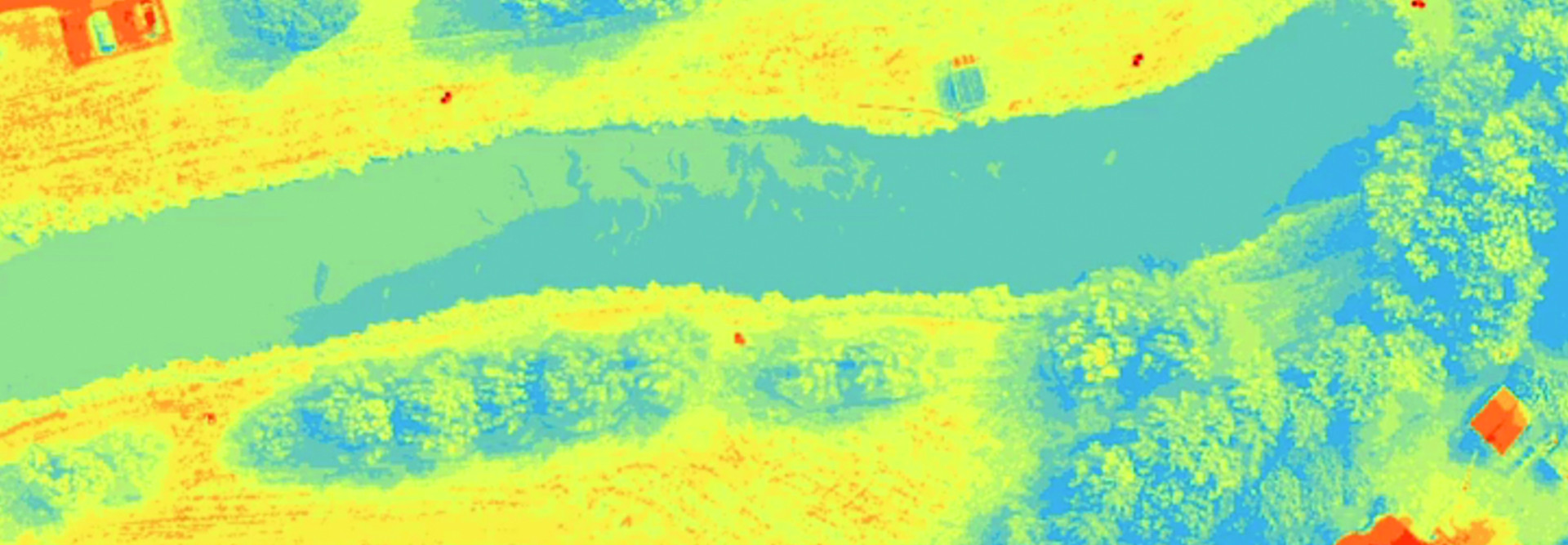USDA Researchers Find that Drones Can Locate E. Coli
When U.S. Department of Agriculture researchers flew drones over a small pond in eastern Maryland in 2018, they were hoping to use the technology to map E. coli in the water.
Two papers that they’ve published since then show that, in fact, they can.
One found that the location where water was sampled was key — one area within a water source may contain high levels of E. coli, whereas another location in the same source may contain lower levels — and the other found that drones can speed the process by identifying markers that indicate E. coli concentrations.
“There was really a consistency of lower concentrations in the interior of the pond rather than on the banks, and it’s just like clockwork every time,” says Matt Stocker, a research associate at the USDA’s Agricultural Research Service. “But these water quality measurements can be tedious and costly, and if we could do it with a drone and do it rapidly, a lot of time and money can be saved.”
The results from the work, first featured in a FedTech “Feds in the Field” video in 2018, are encouraging enough that the team plans to continue, Stocker says.
Commercial Drones Assist Agencies with a Variety of Jobs
Agencies have been using drones for a variety of purposes, including search and rescue, disaster response, reconnaissance and more. USDA researchers wondered if drones could be used to help set national standards for E. coli contamination in water; while the Food Safety Modernization Act requires farmers to test for E. coli and other bacteria, it gives them no direction on how to do so or what to look for.
“They need this type of science, because regulations don’t come from nowhere,” says Yakov Pachepsky, a soil scientist with ARS and the team leader. “We can give some indication of what they should be looking at.”
The researchers flew a commercial drone fitted with visible, infrared and multispectral cameras that measured multiple wavelengths and spectrums of light over a pond at the Wye Research and Education Center.
The drone had four cameras — three common GoPros with different filters and another with sensors for imaging at critical wavelengths. It flew in a preprogrammed survey pattern, and software blended the photos together into a single image.
Using machine learning methods, data from the images was related to measured water quality parameters such as the water’s murkiness, the amount of organic matter, the pH and the concentrations of E. coli, among other variables. The results could predict the E. coli concentration based on the levels of other water quality parameters, which could be measured instantaneously.
MORE FROM FEDTECH: Learn how DHS uses drones after disasters.
More Advanced Cameras Will Move Drone-Based Research Forward
“Two things came out of this exercise, and one was immediate: It’s where you sample,” Pachepsky says. “Do not sample near the bank. Water around the bank is dirtier, in terms of E. coli, and from the point of view of irrigation, you never take water from the bank; your pipe is in the middle of the pond.”
Farmers who measure only near the bank would get an incomplete picture of E. coli contamination in their irrigation water, he says.
The second thing they learned was that in order to get a complete view of contamination, they had to sample not only in the location where the irrigation water was actually drawn but that the sampling needed to be done at the time of day when irrigation would happen. E. coli concentration falls throughout the day, Pachepsky says.
Once the team has nailed down funding, it plans to continue research using vertical hyperspectral cameras, which can create more detailed images than the cameras used on the initial flights. They’re also looking for locations to test outside of their Maryland site “to make sure what we’re seeing is not a fluke,” Pachepsky says.











